Austria is a landlocked country located in Central Europe. Here is a geographical description of Austria:
- Location: Austria is situated in the heart of Europe, bordered by eight countries: Germany to the northwest, the Czech Republic to the north, Slovakia to the northeast, Hungary to the east, Slovenia and Italy to the south, and Switzerland and Liechtenstein to the west.
- Land Area: Austria covers an area of approximately 83,879 square kilometers (32,386 square miles), making it a relatively small country in terms of land size.
- Topography: The country’s topography is diverse and characterized by the Eastern Alps, which dominate the western and southern regions. These mountains include the Austrian Alps, with the highest peak, Grossglockner, standing at 3,798 meters (12,461 feet) above sea level. The eastern part of Austria consists of lowlands and rolling hills, including the Vienna Basin.
- Major Rivers: Several major rivers flow through Austria, including the Danube (Donau), which is the most significant. The Danube River traverses the country from west to east and plays a crucial role in its transportation and trade.
- Lakes: Austria is home to numerous picturesque lakes, the most famous of which include Lake Neusiedl, Lake Wolfgang, Lake Constance, and the many lakes of the Salzkammergut region.
- Climate: Austria experiences a continental climate in most of its regions, with cold winters and warm summers. However, the Alpine regions have a mountain climate, with colder temperatures and significant snowfall in the winter.
- Biodiversity: Austria has a diverse range of ecosystems, including alpine meadows, forests, wetlands, and agricultural areas. It is home to a variety of wildlife, including deer, chamois, boars, and many bird species. The country also has several national parks and protected areas to preserve its natural beauty.
- Urban Areas: The capital and largest city of Austria is Vienna, which is known for its rich history, cultural heritage, and stunning architecture. Other major cities in Austria include Graz, Linz, Salzburg, and Innsbruck.
- Transportation: Austria has an extensive and well-developed transportation network, with a modern highway system, railways, and well-maintained roads. Vienna International Airport is the country’s main international gateway.
- Tourist Attractions: Austria is renowned for its scenic landscapes, historic cities, and cultural heritage. Some popular tourist destinations include Vienna, Salzburg (the birthplace of Mozart), Innsbruck, the Austrian Alps, and the charming villages of the Austrian countryside.
Austria’s geographical diversity and rich cultural history make it a fascinating destination for both tourists and those interested in exploring the beauty of Central Europe.

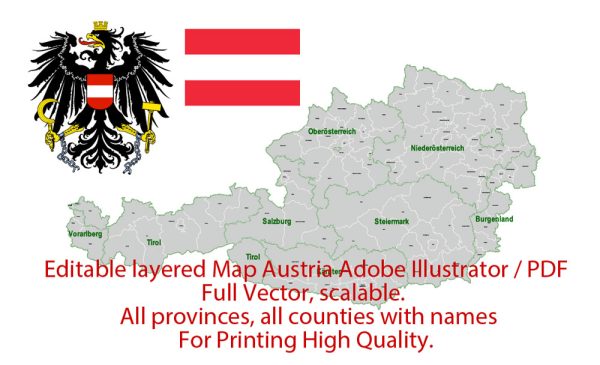
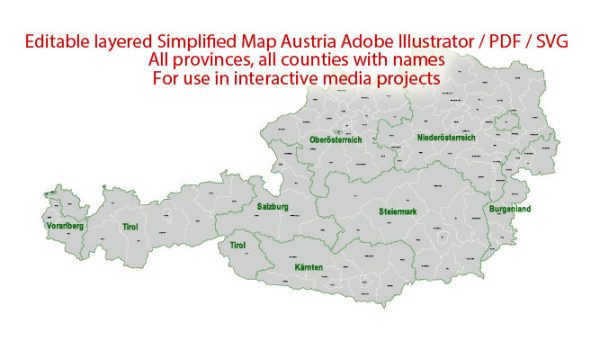
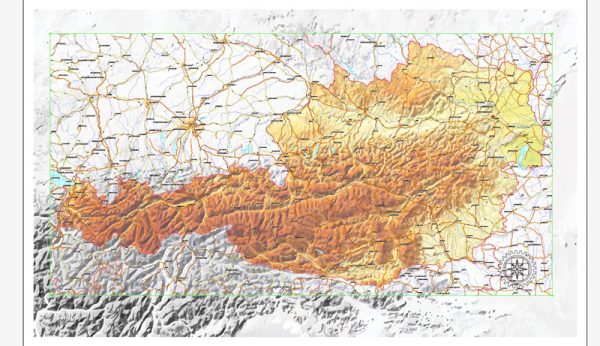
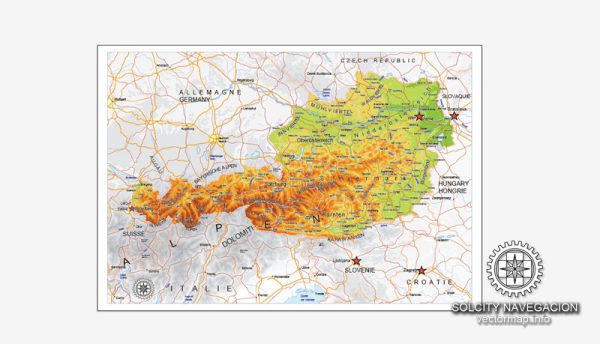
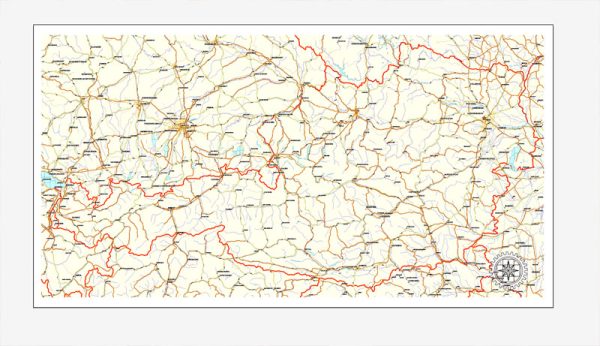
 Author: Kirill Shrayber, Ph.D.
Author: Kirill Shrayber, Ph.D.